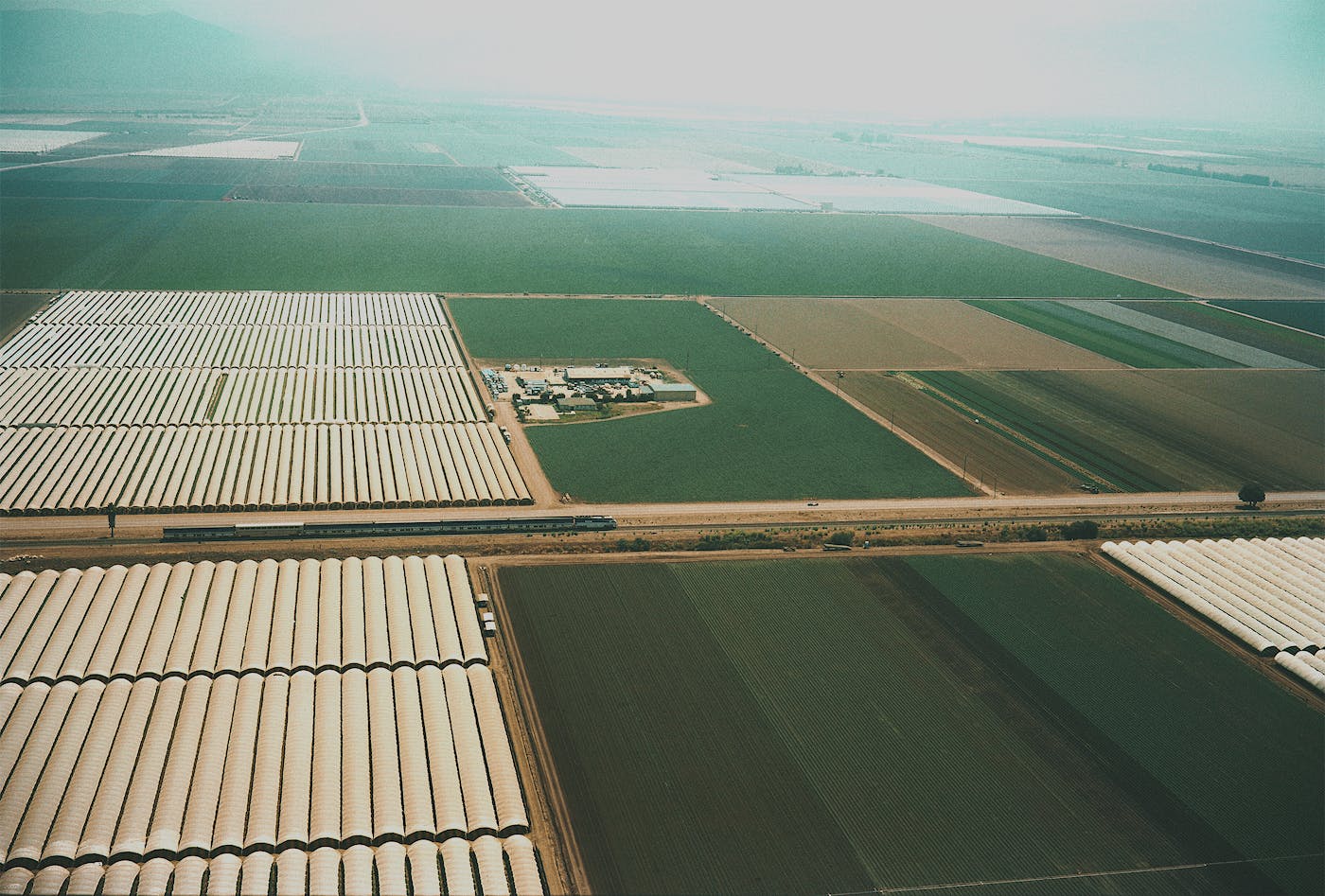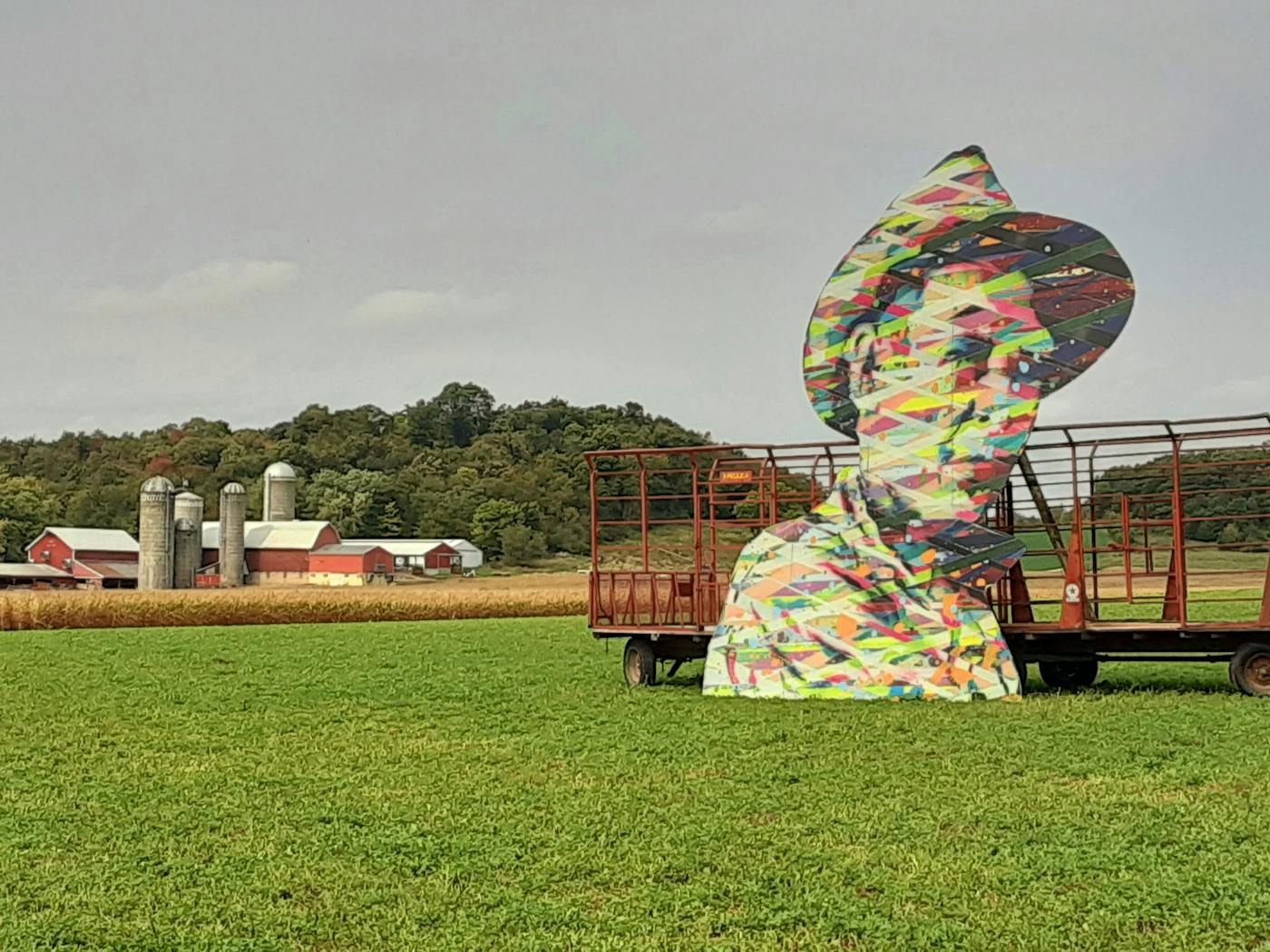
Regenerative Agriculture Alliance: Farming to Fight Climate Change and Empower Communities
Farmer, entrepreneur, and educator Reginaldo Haslett-Marroquin imagines a world where regenerative agriculture is viewed as a permanent solution to the climate crises as well as a catalyst for social and economic progress.
Regenerative agriculture uses a variety of sustainable and humane practices to produce food that seeks to protect and enrich land and waterways instead of harming them.
These farming methods improve soil health, increase biodiversity, limit carbon release and raise livestock in environments akin to their natural habitats. Haslett-Marroquin and other experts explain regeneration as a symbiotic cycle between animals and the land. Livestock contributes to the health of the soil, healthy soil contributes to healthy crops and produce; crops and produce provide food for livestock, which, in turn, contribute to the richness of the soil.
In 2018, Haslett-Marroquin, a native of Guatemala, founded the Minnesota-based Regenerative Agriculture Alliance (RAA), a collective of farmers, food workers, businesses, organizations, tribes, and elected officials working to bring regenerative agriculture practices to the poultry industry.
Regenerative farming has been gaining popularity across the industry from large food corporations implementing regenerative techniques into their food production to smaller-scale operators such as Haslett-Marroquin.
“Our shared goal is to build a system that can make regenerative poultry the norm,” said Haslett-Marroquin.
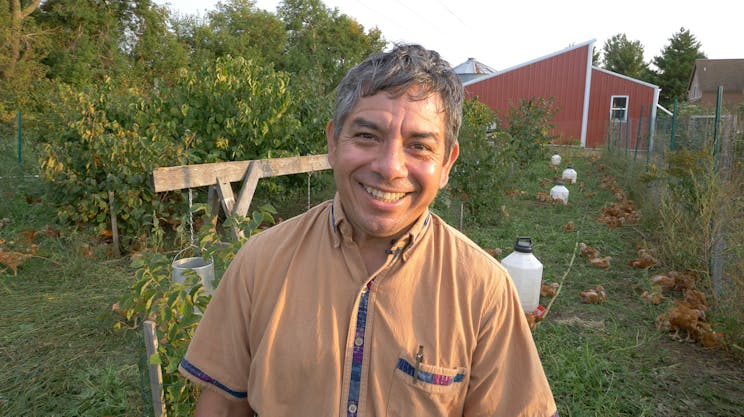
Reginaldo Haslett-Marroquin, farmer, educator and founder, Regenerative Agriculture Alliance
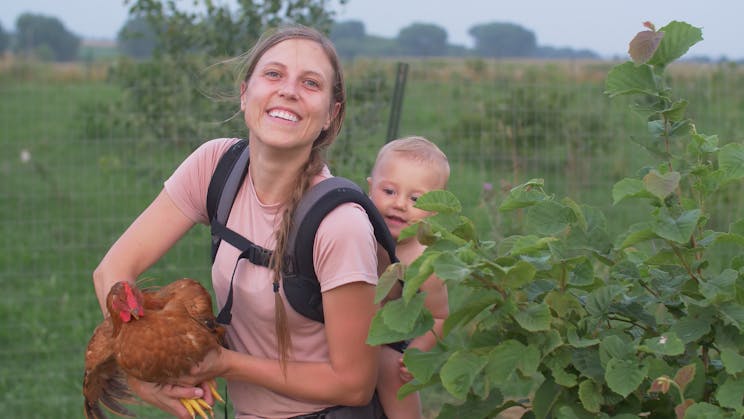
A look at regenerative agriculture farming in the Midwest. Courtesy of RAA.

Haslett-Marroquin working on his regenerative agriculture poultry farm in Minnesota.

Regenerative agriculture draws upon indigenous practices to raise poultry like their ancestors.

Regenerative poultry gathers under a hazelnut bush to protect themselves from the sun and predators.
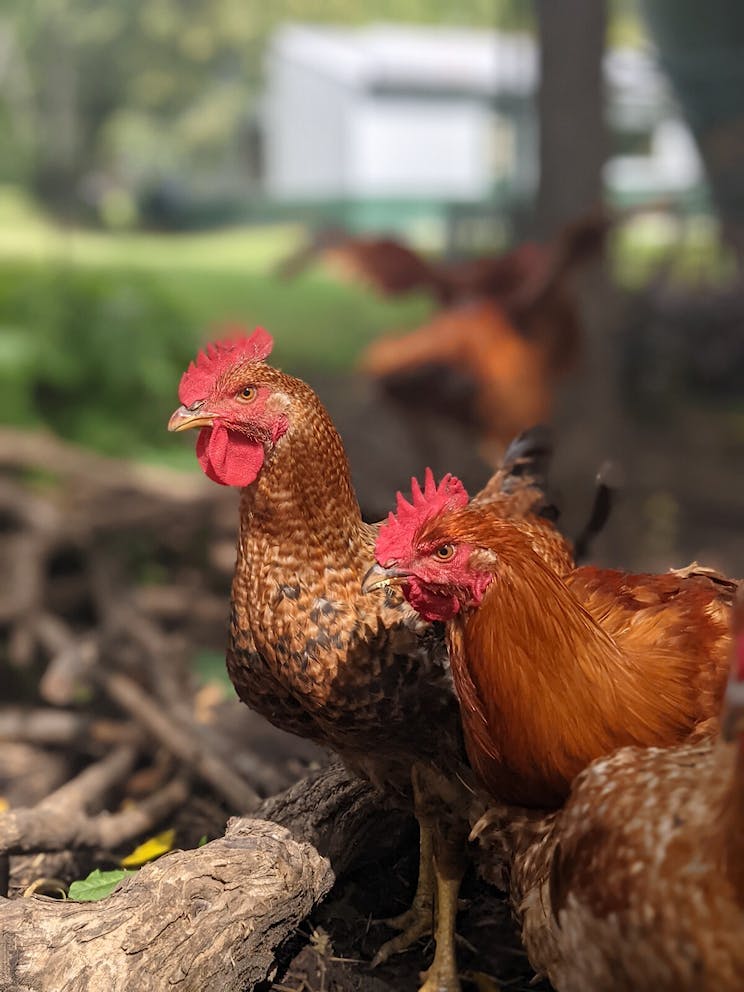
Chickens on a regenerative agriculture poultry farm.
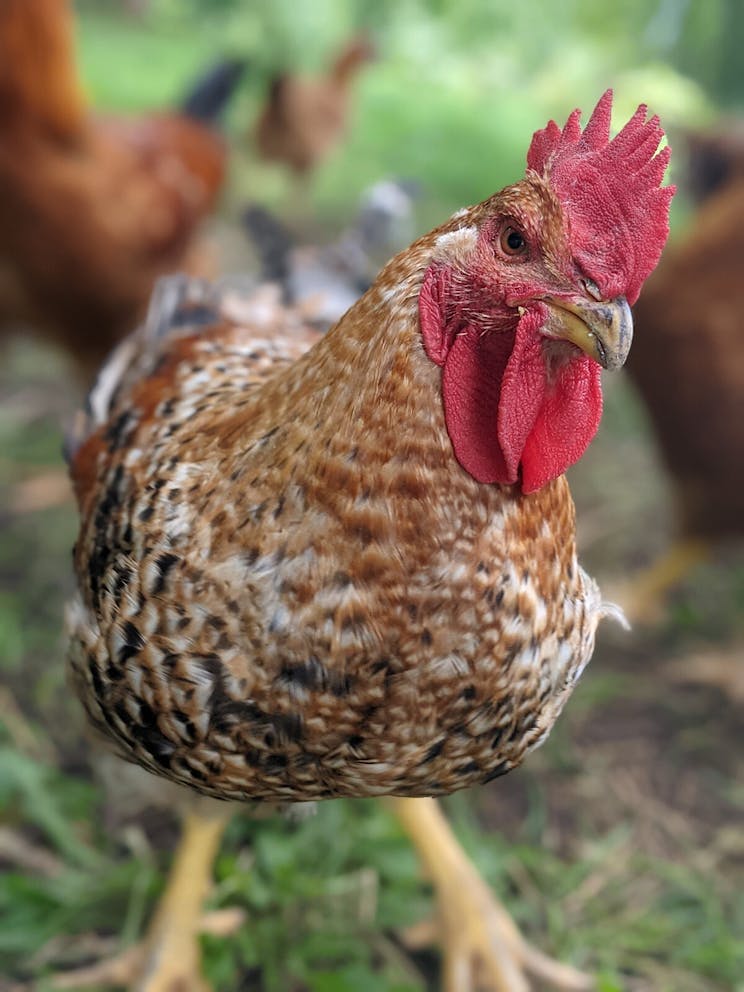
A chicken raised in a regenerative design lives in a jungle-like environment, its natural habitat.
The hard work of farmers, food workers, and natural ecosystems have fueled the agriculture industry’s prosperity.
And Haslett-Marroquin is determined to uplift agriculture and marginalized communities - one farmer, a few chickens, and a one-and-a-half acre of land at a time. That’s why the RAA trains farmers to be independent stewards of their land.
In 2021, Haslett-Marroquin established a cooperative of 20 poultry farmers who apply indigenous and regenerative farming practices to raise and sell broiler chickens to the market. This gives consumers an option to buy humanely-raised, 4-pound broiler chickens. Based in the “driftless” agricultural region bordering Minnesota, Iowa, and southern Wisconsin, they now have seven working farms, 10 more farms in production, and 22 farmers trained. Their long-term goals include developing regenerative poultry systems that can capture up to five percent of the broiler and egg market in the United States.
To do this, Haslett-Marroquin and his colleagues must nurture the budding industry by building infrastructure, boosting capacity, and developing land and flocks that are resilient to the volatility of climate and weather.
“By doing so, we will deliver high-quality poultry protein to consumers, return a fair share of the wealth generated to farmers and workers, and restore the ecology on which nutrient-dense, healthy food production depends.”
— Reginaldo Haslett-Marroquin, Founder, Regenerative Agriculture Alliance




